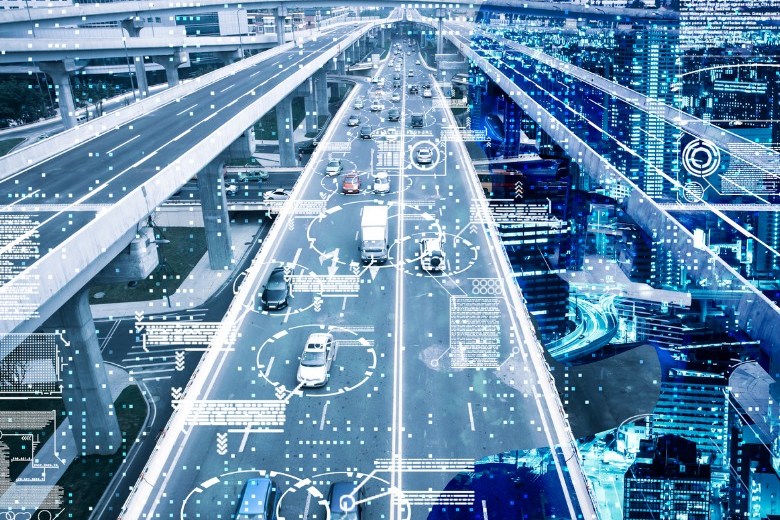
As population densities increase in our cities, the challenges of traffic management are compounding, writes George Moawad.

As the number of vehicles on our roads grows, so do the challenges of traffic management and road safety. It is becoming increasingly difficult for emergency services to address incidents.
Traffic management is about more than managing the everyday flow of traffic on our roads. While critical, systems are needed to ensure traffic flows safely and efficiently during major events and changing road conditions. Moreover, if an emergency arises, being able to manage the flow so emergency services vehicles can attend is important.
Over the coming years, cities will need to enhance their traffic management strategies to meet several emerging trends. We’ll soon see connected automated vehicles, micro-mobility, multimodal public transit, and continued use of ridesharing. These change how roads are used and the types of vehicles on our roads.
The arrival of self-driving vehicles
Traffic management needs to prepare for the arrival of self-driving vehicles.
This technology has the potential to improve the efficiency of our road networks. But roadside technologies will need to adapt. Computing power, for on-prem, cloud and hybrid systems allow for an increasing amount of automation which will be essential as autonomous vehicles use data for everything from route management to accident prevention.
Today’s traffic infrastructure includes a range of technologies deployed by traffic management organisations and backend software systems used for road data collection, command, and control. Many of these systems are ageing and custom designed to integrate other legacy systems to provide surface-level consistency. These systems are hard to maintain and costly to upgrade.
Making the best decisions starts by having access to quality data. For traffic management, a key data source comes from cameras. But the data from those cameras needs to be ingested and processed in systems that can enable faster insights and aid rapid response. Sensor analytics which provide object counts and classifications, vehicle speeds, and traffic volumes enables traffic management agencies to set thresholds for automated alerts when tracking area occupancy, speed, and volume.
Armed with that insight, traffic management agencies can standardise and integrate operating procedures and other security information into a unified platform. This helps guide response teams and improve security, safety, and internal compliance.
Beyond managing traffic flow
Beyond managing the flow of vehicles, traffic management extends to several other areas. Customisable roads signs, for variable speed limits and to alert drives to travel times and upcoming changes in conditions, can be controlled centrally and automated based on inputs from cameras and other sensors. Further roadside parking can be better managed with sensors that provide information to operators about the types of vehicles that are parked, how long they’ve been there and how often spaces are used.
All this data enables traffic management agencies to create digital twins – virtual representations of transport networks. They can use these to mimic scenarios such as accidents or disruptions caused by major events so they can understand how to better manage these situations and to model how changes to the management of the transport network might impact the commuter experience and safety.
The complexity of the transport network is moving beyond the capability of human operators to collect, collate, understand, and use the volume of data they receive. Traffic management demands underlying technology that can support human operators through automation and by providing pertinent data in a timely way should incidents occur.
Traffic management systems that can receive data from cameras and other sensors to provide a single pane of glass view of everything from traffic flow to the control of digital signage is essential to the creation of increasingly smart cities that being enhanced convenience and safety to all transport network users.
*George Moawad is Country Manager ANZ at Genetec
Comment below to have your say on this story.
If you have a news story or tip-off, get in touch at editorial@governmentnews.com.au.
Sign up to the Government News newsletter